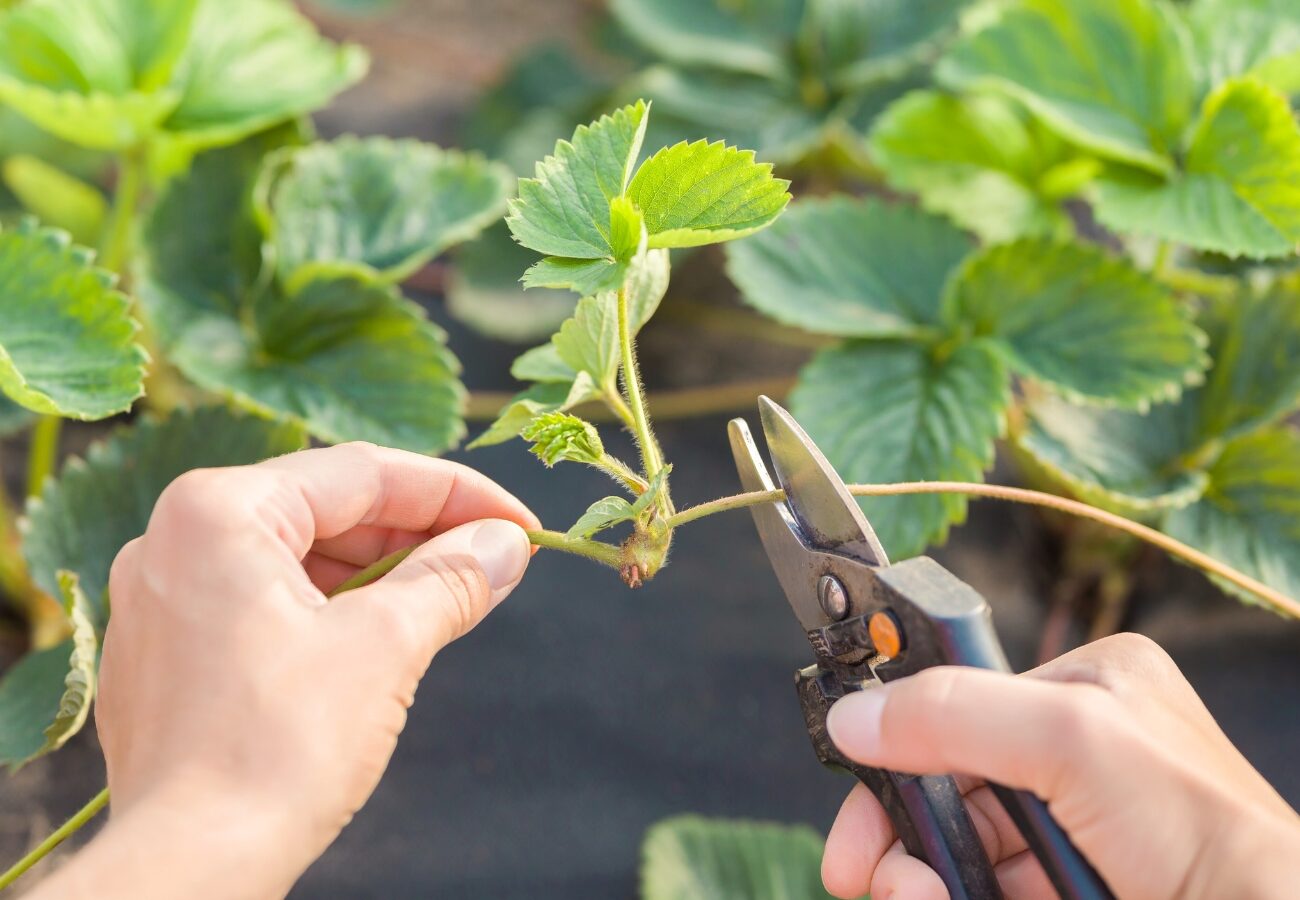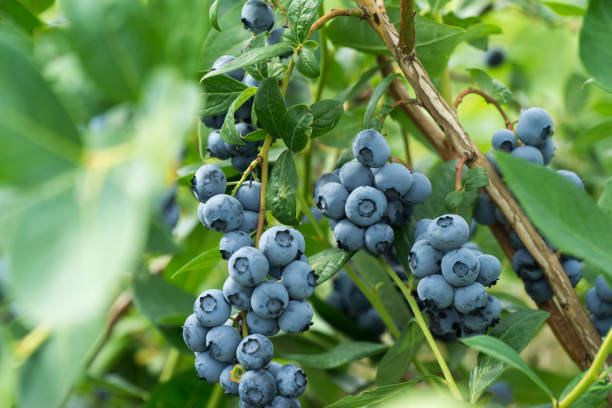How Cutting Runners Makes Strawberries Grow Bigger
Strawberries are one of those fruits that just feel like summer. Juicy, red, sweet—and when they’re homegrown? Game-changer.
But here’s the thing most folks don’t realize until they’ve had a patch for a season or two: if you want those big, juicy strawberries, you’ve got to be a bit ruthless.
Yep, we’re talking about cutting runners.
What’s a Runner, Anyway?
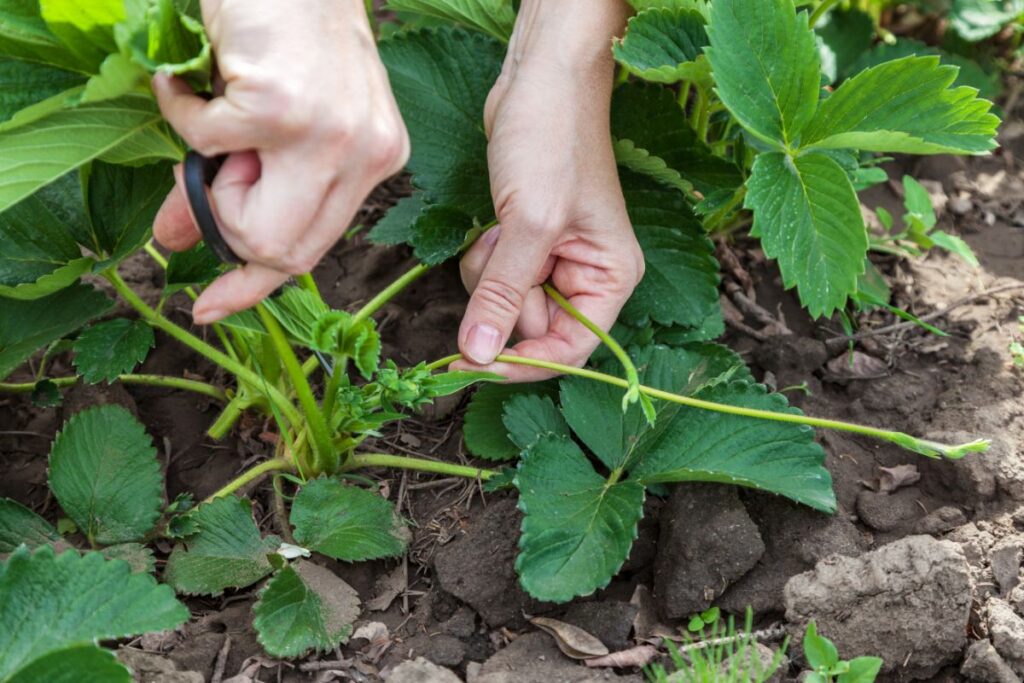
If you’re new to the strawberry game, you might be wondering what the heck a “runner” is.
Basically, it’s a long little shoot the plant sends out to create baby strawberry plants—clones, really.
It’ll stretch out across your garden bed or pot, touch down, and start growing roots and leaves like it’s setting up a new kingdom.
It’s adorable, sure. But those runners? They’re greedy little suckers. They siphon energy away from your main plant. And where’s that energy going? Not into your strawberries, that’s for sure.
Bigger Strawberries? Less Freeloaders.
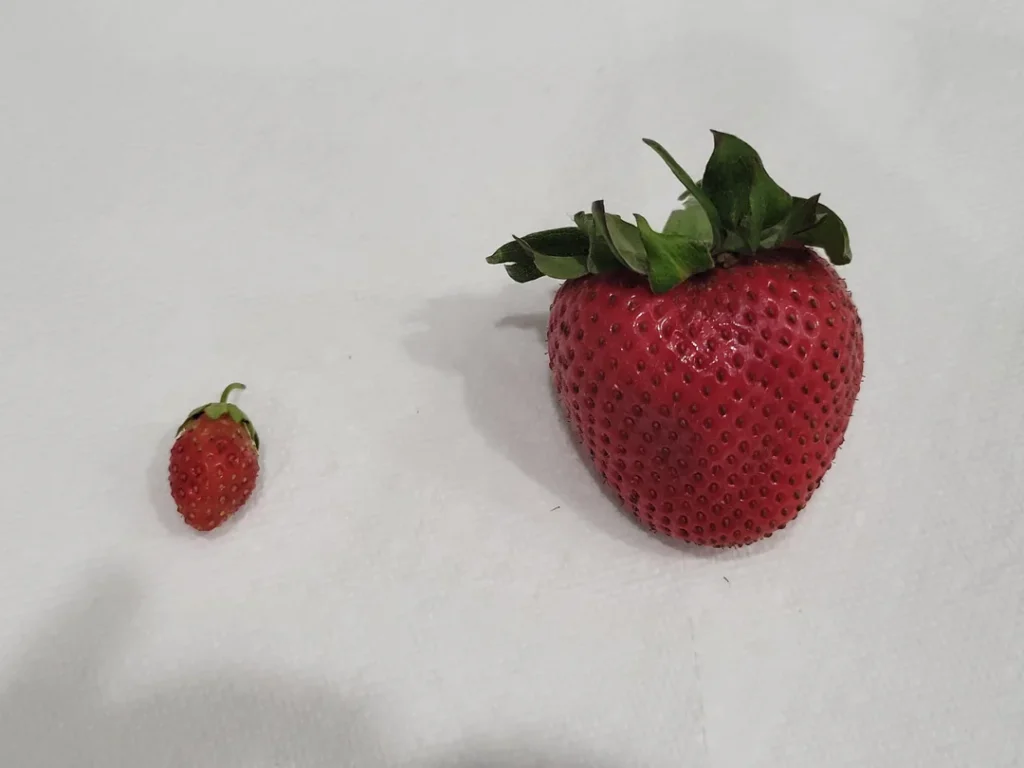
Here’s what I’ve noticed in my own patch—whether it was up in Auckland or visiting Jess down in Otago: when I snip those runners early, the difference is wild. The berries are fatter, redder, and sweeter.
The plants seem to breathe easier. No more trying to raise a dozen kids at once. It’s like they finally focus on themselves.
The logic is pretty simple. Each runner your plant puts out is like a little side hustle that drains time and energy.
When you cut them off, the plant goes, “Oh—guess I better invest in my actual fruit then.”
When to Snip and How to Not Feel Bad About It
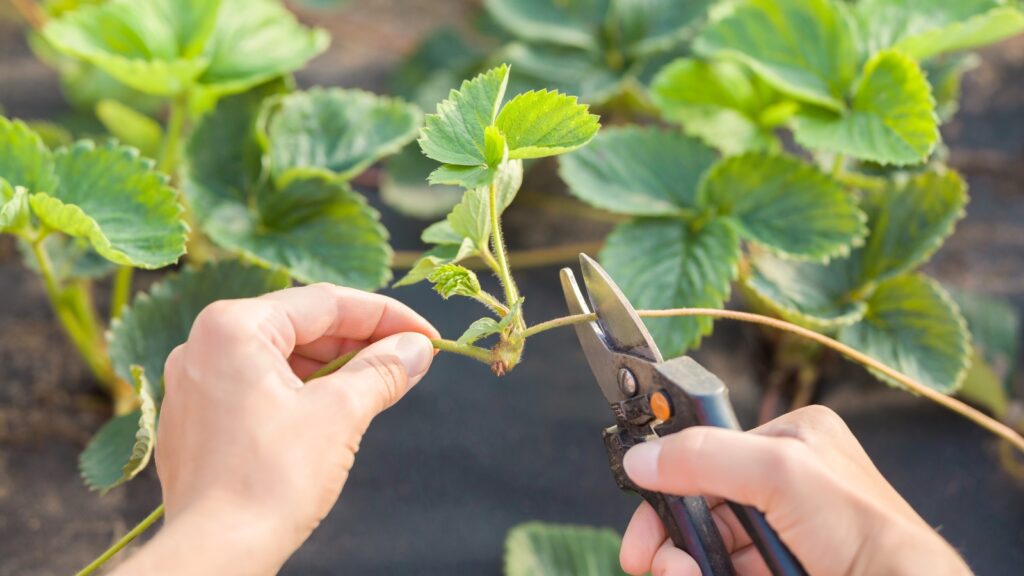
Mid-spring to early summer is usually peak runner season. That’s when your plants go full octopus, trying to take over the bed.
If you catch them early, you can just pinch them off with your fingers. If they’ve gotten a bit tough and stringy, a pair of garden scissors will do.
It might feel a bit mean at first, especially if you’re the nurturing type. But trust me, your plant doesn’t hold grudges.
And you’re not harming it—in fact, you’re giving it a better shot at producing fruit that’s worth getting excited about.
Bonus: You Can Still Propagate
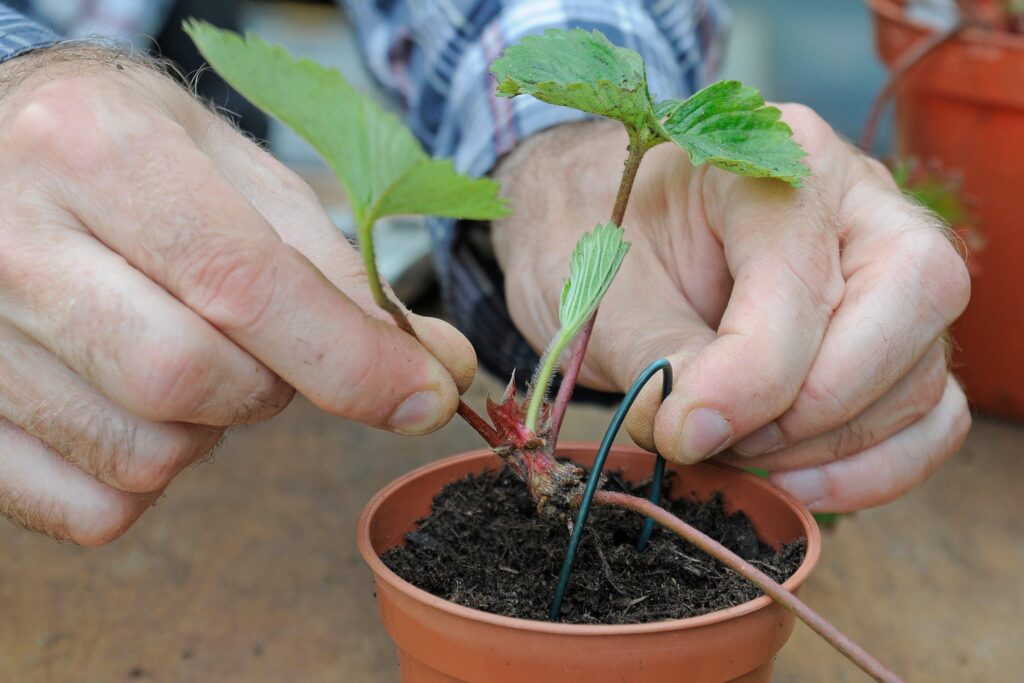
Now, if you do want to make more plants (maybe your patch is just getting started), you can let a few runners do their thing.
Just not all of them. Choose your strongest plants and pick one or two runners to root in a small pot of soil.
Once they’ve taken hold, snip the umbilical cord and boom—you’ve got yourself a new plant ready to thrive next season.
But for the most part? Snip, snip, snip.
The First Year vs. Later On
First-year strawberry plants tend to throw their energy into settling in. They’ll give you a few strawberries, sure, but they’re mostly figuring out life.
That’s why a lot of folks say to cut all runners and even the early flowers during year one to help them root strong.
By year two? That’s when the magic happens. You’ll start getting those bowl-fillers. But only if you stay on top of those cheeky runners trying to escape every direction.
It’s Not Just About Size
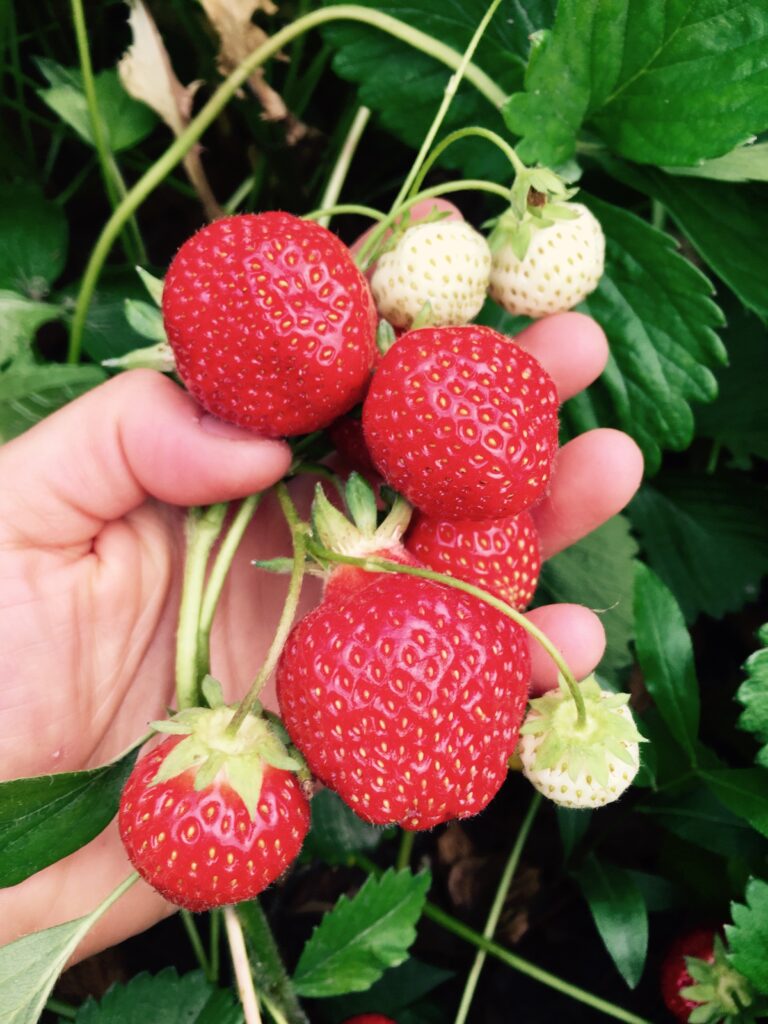
Sure, cutting runners gives you bigger fruit. But it also helps with airflow around your plants, which keeps mold and mildew at bay.
Plus, fewer baby plants crowding the space means better sunlight and less chance of pests moving in. It’s like giving your patch a good tidy-up—and your strawberries thank you by turning into fat, delicious little gems.
So yeah, a little pruning now means a lot more yum later. Give your strawberries the attention they deserve, not the runner freeloaders trying to start a colony.
You’ll be amazed at how much more your plants can give when they’re not being pulled in a dozen directions.
And hey, the next time you bite into one of those massive homegrown strawberries? You’ll know it didn’t get that way by accident. It’s all in the snip.


